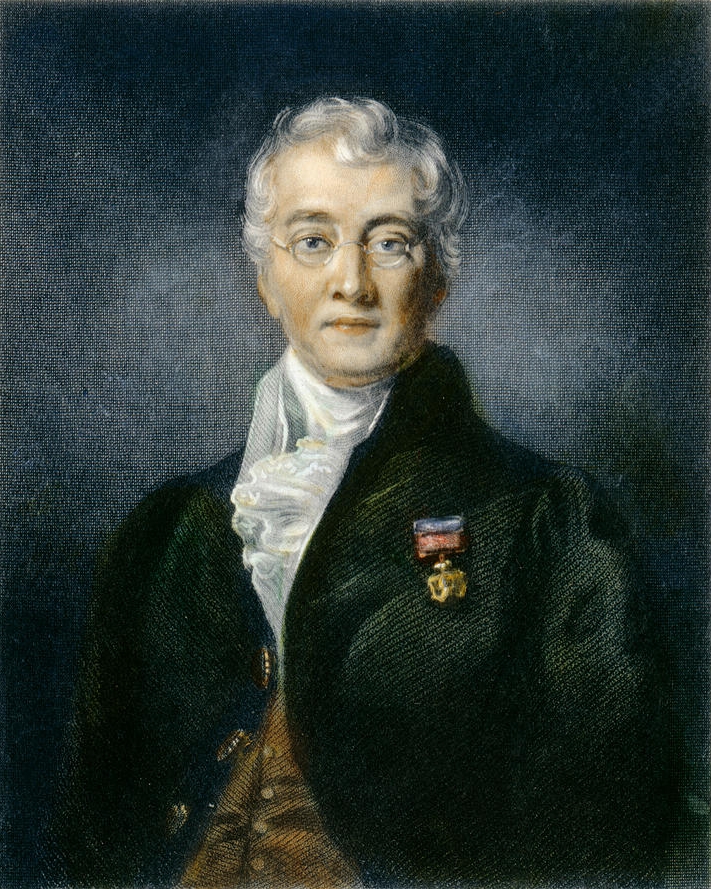
1) Have you ever seen a case of rabies?
I saw two cases 5 years back and they have stayed with me since.
I do not fear any disease per se but I am not ashamed to say that I dread rabies --> it is a terrible affliction.
I saw two cases 5 years back and they have stayed with me since.
I do not fear any disease per se but I am not ashamed to say that I dread rabies --> it is a terrible affliction.
2) The first patient was a small child of around 7 years old --> he had been bitten by a street dog around 1 month back. But his family had opted for natural healers.
When he was brought in, he was crying uncontrollably with a terror stricken expression on his face.
When he was brought in, he was crying uncontrollably with a terror stricken expression on his face.
3) Hydrophobia, as commonly believed, is not so common in these cases. Why you ask?
Its because these patients are so extremely agitated and combative, its very difficult to get close to them, let alone make them drink water.
Its because these patients are so extremely agitated and combative, its very difficult to get close to them, let alone make them drink water.
4) The delirium worsens over a period of hours to days as the patient gradually lapses into a coma, if the autonomic storm doesn't kill him or her first.
Rarely, the patients may develop a form of ascending paralysis mimicking GBS --> paralytic rabies.
Rarely, the patients may develop a form of ascending paralysis mimicking GBS --> paralytic rabies.
5) The word 'rabies' is derived from the Latin word 'rabere' which is believed to originate in the Sanskrit word 'rabhas' which means to do violence.
It belongs to the genus of lyssavirus --> what is 'lyssa'?
It belongs to the genus of lyssavirus --> what is 'lyssa'?
6) Lyssa is a Greek term referring to a state beyond anger or rage --> a state of 'insensate madness' or a 'wolfish rage' --> a rage that the Greek hero Achilles experienced when the Trojan prince Hector killed his cousin, Patroclus in combat.
7) Rabies still remains an important disease in the 3rd world with roughly 50,000 to 60,000 cases occurring each year --> Guidelines issued by the DGHS for post exposure prophylaxis have helped bring down the mortality rate.
8) Cure rates still remain abysmal with only 29 well documented cases of survival with or without severe neurological sequelae as of December 2020 (ref UpToDate)
Experimental therapies like ribavirin, amantadine, favipiravir and the Milwaukee protocol have not yielded success.
Experimental therapies like ribavirin, amantadine, favipiravir and the Milwaukee protocol have not yielded success.
I did a bit of deep diving into rabies --> I never had a clear idea of the pathogenesis before. Here is what I found! 

• • •
Missing some Tweet in this thread? You can try to
force a refresh








